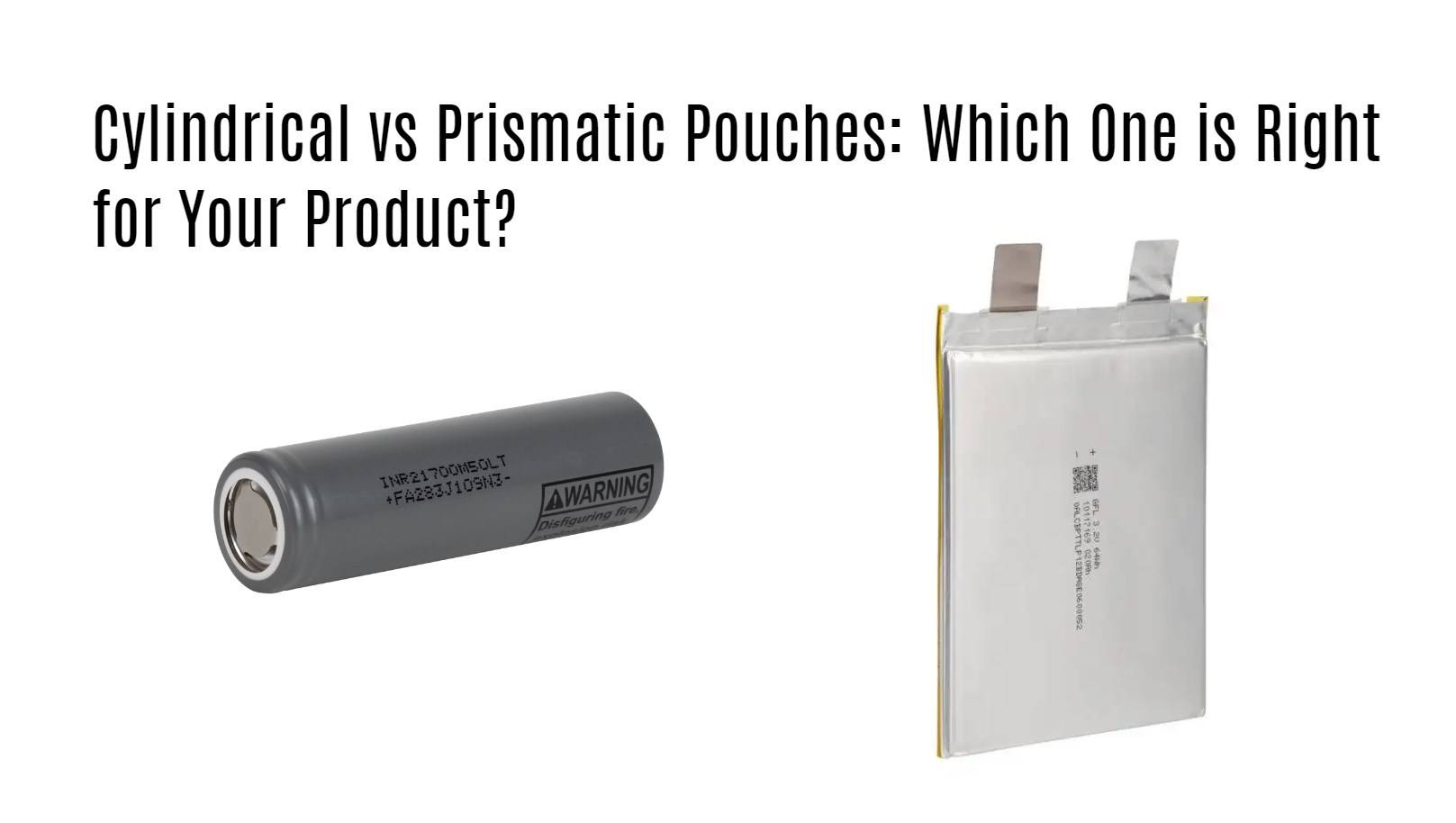When comparing cylindrical, prismatic, and pouch cells, each type presents unique advantages tailored to specific applications in energy storage solutions. Understanding these differences is crucial for selecting the optimal battery design for your product needs.
Table of Contents
ToggleHow Do Cylindrical, Prismatic, and Pouch Cells Compare?
Cylindrical, prismatic, and pouch cells differ primarily in their shape and structure, influencing their performance characteristics and suitability for various applications.| Feature | Cylindrical Cells | Prismatic Cells | Pouch Cells |
|---|---|---|---|
| Shape | Tubular | Flat/Rectangular | Flexible pouch |
| Space Efficiency | Moderate | High | Very High |
| Flexibility | Low | Moderate | High |
| Weight | Moderate | Moderate | Lightweight |
| Cost | Cost-effective | Higher | Cost-effective |
| Mechanical Durability | High | Moderate | Low |
| Energy Density | High | Moderate | Low |
What Is the Space Efficiency of Each Cell Type?
Space efficiency is a crucial factor when designing products that require battery integration.Cylindrical cells are less space-efficient due to their circular shape but can be stacked effectively in certain configurations. In contrast, prismatic cells maximize space utilization with their flat design, making them ideal for compact devices like smartphones. Pouch cells excel in adaptability, allowing manufacturers to create custom shapes that fit snugly into available spaces.How Does Flexibility Impact Battery Design?
Flexibility plays a significant role in battery design, particularly for applications requiring unique shapes or sizes.Pouch cells offer unparalleled flexibility, accommodating various designs without compromising performance. This flexibility makes them suitable for wearables or devices with unconventional shapes. Conversely, cylindrical cells are rigid and less adaptable, while prismatic cells offer moderate flexibility but are still limited by their rectangular form.What Are the Weight Differences Among Battery Types?
Weight is another critical consideration when choosing a battery type.Pouch cells are typically lightweight due to their flexible packaging materials, making them ideal for portable electronics where weight is a concern. Cylindrical cells have a moderate weight influenced by their metal casing, while prismatic cells also weigh moderately but can vary based on material choices.How Do Manufacturing Costs Vary Between Cell Types?
Manufacturing costs vary significantly among cylindrical, prismatic, and pouch cells due to differences in production processes.Cylindrical cells benefit from standardized manufacturing techniques that lead to cost-effectiveness through economies of scale. Pouch cells often have lower production costs due to simpler designs but may incur higher replacement costs due to their susceptibility to damage from environmental factors. Prismatic cells can be more expensive to produce because of their complex manufacturing processes.What Is the Mechanical Durability of Each Battery Type?
Mechanical durability is vital for ensuring battery longevity under various conditions.Cylindrical cells are known for their robust casing that protects against physical stress, while prismatic cells provide moderate support with rigid structures. Pouch cells lack a rigid casing, making them more vulnerable to damage; thus they require additional protective measures.How Does Energy Density Affect Performance?
Energy density directly impacts how much energy a battery can store relative to its size.Cylindrical cells generally exhibit higher energy density compared to prismatic and pouch types, making them suitable for applications demanding significant power output over extended periods. Prismatic cells offer moderate energy density while pouch cells typically have lower energy density but excel in applications needing lightweight solutions.What Are the Environmental Impacts of Each Cell Type?
The environmental impact varies across battery types based on materials used and end-of-life disposal options.Cylindrical batteries often use standardized materials that can be recycled effectively; however, prismatic and pouch batteries may contain complex materials that complicate recycling processes. Understanding these impacts is essential for manufacturers aiming for sustainability.How Do Thermal Management Systems Differ Among Cell Types?
Thermal management systems are crucial for maintaining optimal operating temperatures within batteries.Cylindrical cells radiate heat effectively due to their shape, aiding thermal regulation during operation. In contrast, prismatic batteries may struggle with heat dissipation due to their compact design; pouch cells can also face challenges if not adequately managed.What Are the Future Trends in Battery Cell Technology?
Future trends indicate a shift towards more sustainable materials and innovative designs across all three cell types.Research is ongoing into improving energy density while reducing environmental impacts through advanced materials like solid-state batteries or alternatives that minimize reliance on rare resources.Expert Views”Choosing the right battery type hinges on understanding your specific application needs—whether it’s space constraints or energy demands,” says Dr. Jane Smith, an expert in battery technology at Tech Innovations Inc.Frequently Asked Questions
- What are cylindrical batteries used for?
Cylindrical batteries are commonly utilized in power tools, electric vehicles, and consumer electronics due to their high energy density and robust design. - Are prismatic batteries better than cylindrical ones?
Prismatic batteries offer better space efficiency but may not match the durability or energy density of cylindrical batteries; the choice ultimately depends on specific application requirements. - Do pouch batteries have a shorter lifespan?
Pouch batteries can have shorter lifespans due to their susceptibility to damage from humidity or temperature extremes; however, they excel in applications needing lightweight solutions.



